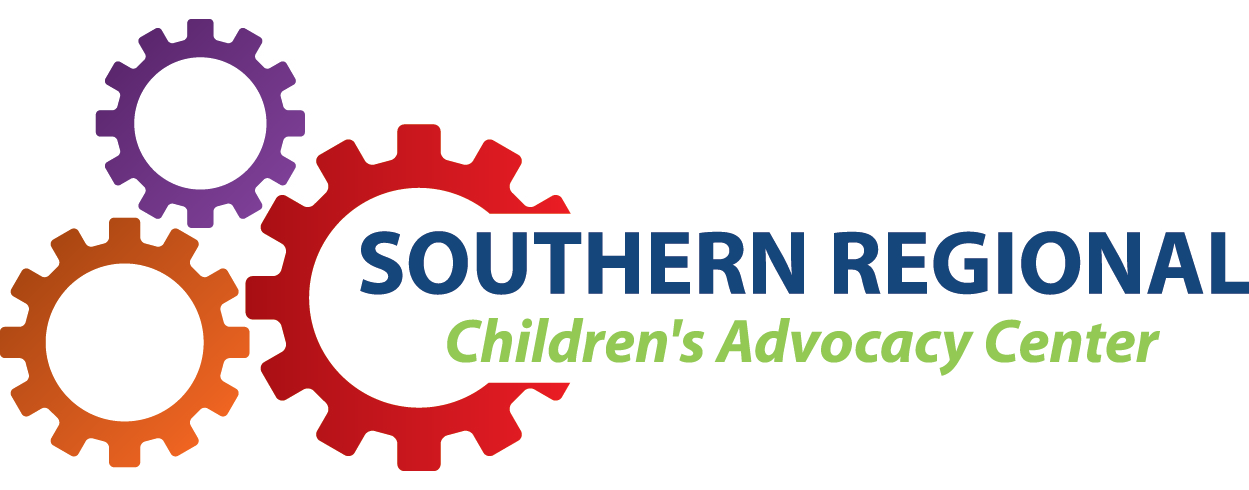CAC Management Resources
During an emergency, whether natural or human-made, the mission of a children's advocacy center (CAC) is critical to the well-being of the community. However, emergencies can disrupt business operations, making the ability to carry out the services of the CAC especially challenging. This is why preparedness matters—weathering storms, literally and figuratively, is consistent with the heart of the CAC mission: to restore hope, justice, and healing where they may have been lost.
The Emergency Preparedness and Response Guide for CACs: Planning for the Unexpected, Second Edition, addresses the importance of being prepared and resilient, offering ideas for CACs to navigate disruptions and shift to alternative plans when necessary. This guide emphasizes the need for organizational resiliency in weathering storms and continuing to serve communities in need by offering practical suggestions to help CACs navigate ongoing and long-lasting disaster consequences.
This guide includes five sections:
- Section 1: Steps to Develop an Emergency Preparedness Plan
- Section 2: Response Immediately Before, During, and After an Emergency or Natural Disaster
- Section 3: Response During or After a Critical Incident
- Section 4: Response During or After Mass Violence
- Section 5: The Role of Helpers: What Chapters and Regional CACs Can Do to Assist CACs During a Disaster or Emergency
It is possible your CAC or Chapter developed an Emergency Preparedness Plan using the previous guide. The revised guide can be used to review and refresh your plan. This guide has expanded the scope to include additional kinds of disasters and emergency situations, including technological disruptions and mass violence.
Access in the CAC Management section under Emergency Preparedness and Response.
This example Executive Evaluation provides guidance and structure for conducting a performance evaluation for an executive director.
The Human Resources Toolkit for Nonprofit Children's Advocacy Centers
Healthy organizational practices related to human resources (HR) are essential for any nonprofit. However, children’s advocacy centers (CACs) have nuances due to the unique nature of the CAC model that makes HR even more complex. Whether you’re a new CAC executive director trying to get your feet on the ground with essential HR practices or a seasoned executive looking to take your CAC’s HR practices to the next level, this HR toolkit is designed for you.
The HR toolkit includes an initial checklist to enhance your HR practices followed by several resources and tools, including:
- Hiring Guide
- Interview Questions
- Orientation & Onboarding
- Supervision at CACs
- Samples: Standard Human Resource Document Templates
Each tool is designed to provide you with concrete, useful information to hire, manage, and retain a team to help you achieve your mission to serve children and families impacted by abuse.
Download The Human Resources Toolkit for Nonprofit Children's Advocacy Centers.
This sample Interagency Linkage Agreement - Medical Referral, Assessment and Treatment created by the Regional CACs is meant to serve as a resource for CACs when providing Medical Health Referral, Assessment and Treatment. Please note this is intended as a SAMPLE and should be carefully reviewed by the CAC Board of Directors or other governing entity so that it accurately reflects YOUR partnership with community agencies.
This sample Interagency Linkage Agreement - Mental Health Referral, Assessment and Treatment created by the Regional CACs is meant to serve as a resource for CACs when providing Mental Health Referral, Assessment and Treatment. Please note this is intended as a SAMPLE and should be carefully reviewed by the CAC Board of Directors or other governing entity so that it accurately reflects YOUR partnership with community agencies.
This sample Interagency Linkage Agreement - Victim Advocacy Services created by the Regional CACs is meant to serve as a resource for CACs when providing victim advocacy services. Please note this is intended as a SAMPLE and should be carefully reviewed by the CAC Board of Directors or other governing entity so that it accurately reflects YOUR partnership with community agencies.
The Outcomes Framework, developed by SRCAC, is a framework for measuring outcomes for CACs and MDTs.
Psychological First Aid Guide for Children’s Advocacy Center Supervisors
Children's Advocacy Center (CAC) leaders will occasionally experience the need for guidance for those times when an extraordinary event has threatened the physical or psychological well-being of their team. The Psychological First Aid (PFA-CAC) Guide for Children’s Advocacy Center Supervisors provides information for supporting the staff in a CAC setting who have been exposed to critical incidents that increase the risk of secondary traumatic stress (STS) or becoming emotionally overwhelmed.
The PFA-CAC Guide provides a descriptive overview of concepts and practices for any supervisor to employ when a critical incident has occurred in the CAC. It defines the immediate response of the supervisor and continuous support over the first 30 days. The guide includes:
- Overview of the Psychological First Aid Approach
- PFA-Concepts, Principles, and Core Actions
- Using PFA-CAC Outside of CACs
A critical incident is an event that produces—or is likely to produce—an unusual level of stress, trauma exposure, grief, or emotional strain on multiple staff members in the CAC. Examples include a client fatality, death of a co-worker or multidisciplinary team (MDT) member, act of violence against the center or center staff, or particularly heinous child abuse case.
Download The Psychological First Aid Guide for Children’s Advocacy Center Supervisors
Download the accompanying tip sheets:
This guide was developed by Brian Miller, Ph.D., The National Child Traumatic Stress Network, and the Southern Regional Children's Advocacy Center.
The Toolkit for Re-emerging CACs provides guidance on cleaning and disinfecting your center, a sample operational protocol, and other information gathered from OSHA and the CDC.
